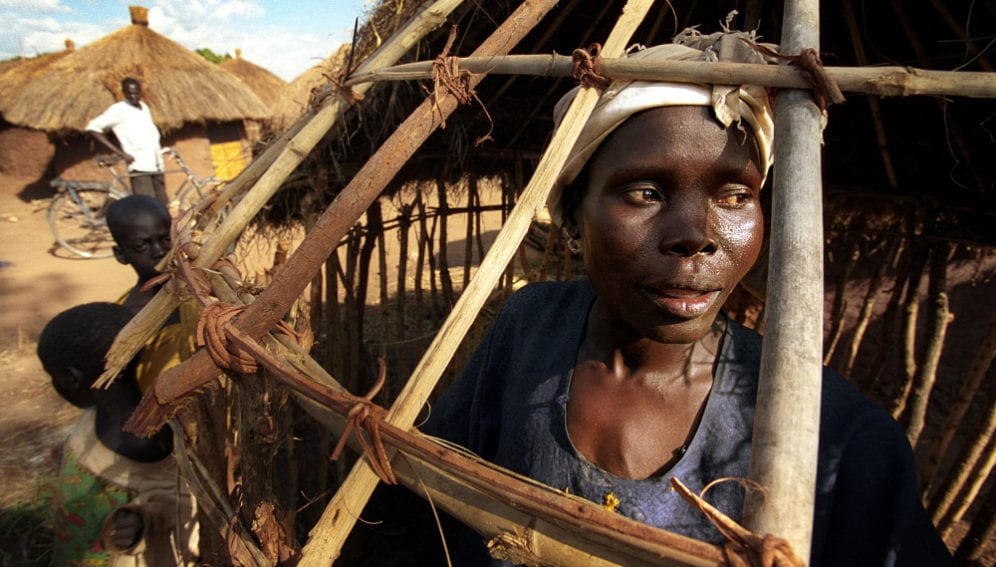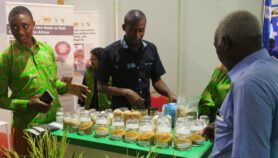By: Mićo Tatalović
Send to a friend
The details you provide on this page will not be used to send unsolicited email, and will not be sold to a 3rd party. See privacy policy.
The humanitarian sector must lift barriers to user-led innovation by refugee communities if it is to meet the challenges of an ever-changing world, says a report presented at the Humanitarian Innovation Conference at the University of Oxford, United Kingdom, on Saturday (19 July).
The trajectory of humanitarian assistance is unsustainable — with the cost trebling and the number of people requiring help doubling over the past ten years — and humanitarian tools and services are often ill-suited to modern emergencies, says the report, Humanitarian Innovation: The State of the Art.
The risk-averse sector needs to embrace innovation, private sector involvement and bottom-up solutions to keep up with modern challenges, says the report published by the UN Office for the Coordination of Humanitarian Affairs (OCHA).
The current debate focuses on improving the tools and practices of international humanitarian actors and has overlooked the “talents, skills and aspirations of crisis-affected people themselves”, who remain a “largely untapped source of sustainable and creative solutions”.
An alternative to these short-term, project-based solutions by external actors is user-centred design that embraces indigenous innovation and participatory methods, it says.
This, it adds, involves recognising and understanding innovation within communities and putting them at the heart of the humanitarian innovation process.
The report calls for early consultation on the design of solutions to make sure they fit with cultural practices, and for more investment in “innovation spaces and opportunities that mentor, accelerate, and incubate the initiative of affected populations and local organisations”.
It also says that international organisations should ensure users drive the process of defining priority areas for innovation, testing out products and processes to meet those needs, and providing feedback during implementation and scaling.
“The case studies indicate that user-led design tends to lead to community buy-in, sustainability, and easier scalability, especially when it builds on local relationships and provides visible economic benefits,” it says.
Some examples of such an approach come from refugee communities in Uganda, it says, which are “vibrant and inter-connected economic communities in which bottom-up innovation flourishes”.
In Uganda, refugees have few restrictions on their freedom of movement and right to work, a situation which could be an encouragement to other governments “to see refugees as a benefit rather than a burden”, said Louise Bloom, a researcher at the Humanitarian Innovation Project at the University of Oxford, and a co-author of the report.
The Oxford team also published another report, Refugee Economies: Rethinking Popular Assumptions, in June.
“Our research challenges the common assumptions in the way refugees are seen internationally and also therefore in the way they are treated,” said Bloom.
The message coming out of the research, which she said is “really kind of startling”, is that refugees “have their own skills and capacities and existing systems of innovations, and that that’s really under-represented and not well understood in the international [development] sector”.
Investment was needed to better understand and develop those capacities and that talent rather than introducing more top-down solutions, as traditional humanitarian aid has tended to do, she added.
“Existing capacities need to be built on rather than contradicted or ignored,” she said. “If refugees are given some freedom of movement then they are able to do a lot of things that are kind of unexpected, perhaps, and thrive and be an economic benefit.”
Alexander Betts, the report’s other author is also a member of a working group on innovation for the UN’s World Humanitarian Summit in 2016. He told the Oxford conference the report was meant to be the start of a conversation, not an end.
And Bloom said the working group will build on the Humanitarian Innovation Project’s work of increasing the understanding of local capacities and innovation, and highlighting the importance of refugee economies and capacities as part of the wider debate on humanitarian innovation.
The report will be published on OCHA website
See below for a video about the conference:














